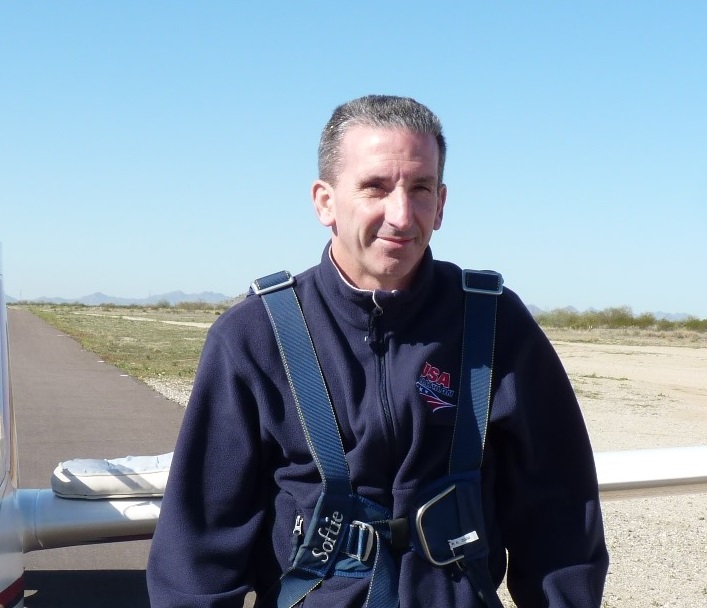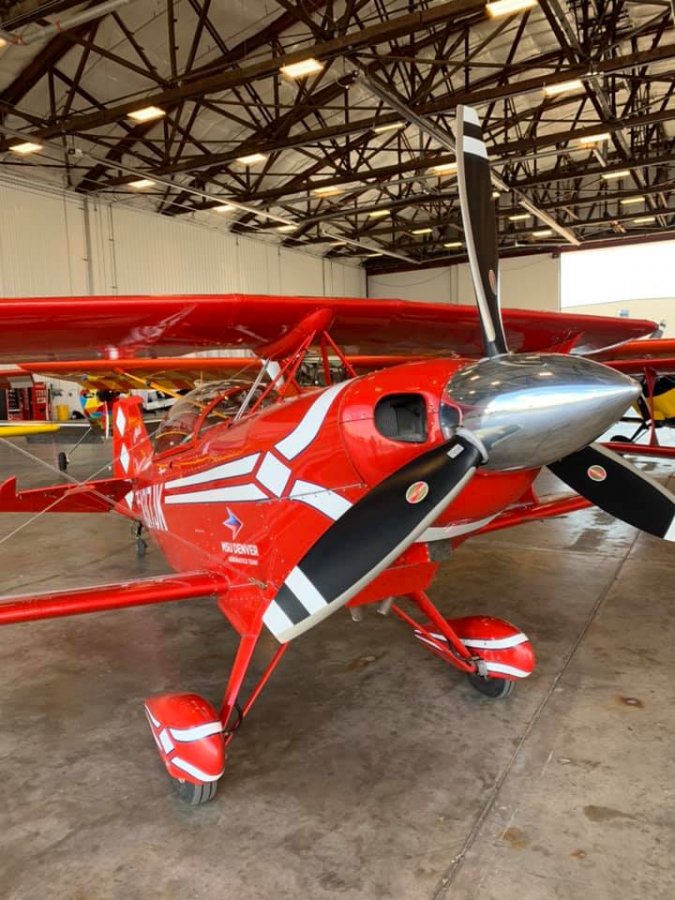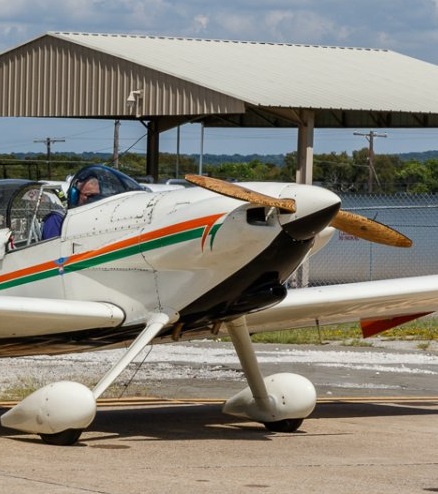
Today, many new aerobatic airplanes use constant speed propellers. There are a couple of factory produced aerobatic airplanes that came with Fixed Pitch (FP) propellers. Pitts S-1S, and the 7KCAB Citabria are two examples that come to mind. There are a few factors that need to be evaluated before selecting a specific FP propeller to use. Airplane use, how hard the airplane will be flown, aircraft modifications for more power and/or improved aerodynamics, and ground clearance are some of those factors.
A FP propeller is lighter, less complex, easier to maintain, and costs less than a Constant Speed (CS) propeller. The downside to a FP propeller is you can’t adjust it in flight. Further compounding this issue is the decision of using a cruise or climb propeller. Basically, you are deciding whether you want better climb performance or better cruise performance. Either choice does come with limitations. Most aerobatic pilots will choose a climb propeller to take advantage of improved the engine RPM and performance during aerobatic maneuvers. If you are flying the higher categories, the ability to maintain higher engine RPM and power can be a big benefit to completing the contest sequence. The downside is a slower cruise speed getting to the contest. A few will choose a cruise propeller to increase overall speed, which can be beneficial when flying to a contest in an aircraft with limited fuel. Being able to fly faster at the same fuel burn rate provides an increased range, which can provide a greater margin of safety. The downside is less climb performance, which impacts ability to fly more demanding aerobatic sequences. Each aircraft owner/pilot makes the decision which FP propeller is best for their situation. Owners of certificated aircraft are limited to those propellers listed on the TCDS or that have a Supplemental Type Certificate (STC). If you look at the Pitts Special TCDS A8S0, you will see on the first page the approved Sensenich propeller with several propeller pitches and associated engine RPMs listed. The 56-inch pitch would be the best approved climb propeller and the 61-inch pitch would be best approved cruise propeller.

There are several manufactures of composite propellers. Sensenich, MT, Hoffman, Catto, Performance Propeller, Prince Propeller, Rev’d Up Composites, and GT Propellers are a few of the manufacturers that I know of or have seen their propellers used on aerobatic aircraft. Talk to aerobatic pilots, who flying with a fixed pitch propeller, to understand why they choose that specific propeller and why they are happy with it. If the plan is to consistently fly gyroscopic maneuvers, then consideration should be given to stresses imposed by the propeller on the engine. A lighter propeller will impose lower stresses. The aluminum Sensenich propeller weighs approximately 34 pounds. The exact same Sensenich propeller made from wood weighs about 17 pounds.
The Technical Tips Manuals III and IV have articles that discuss the issue of propellers and engine crankshafts. Even though the focus is on constant speed propellers, it still gives plenty of “food for thought” for the fixed pitch propeller discussion. Other questions to consider when looking at using a lighter propeller are your preference for aircraft center of gravity location, and are you trying to keep the empty weight as low as possible. A modification to the Pitts S-1S was to upgrade the engine to an angled-valve IO-360. This will add more horsepower but also add 20 pounds to the nose of the aircraft. This will also move the center of gravity forward. One way to counter the extra engine weight and change in aircraft center of gravity is to use a lighter propeller, such as one made from composites. Some other common modifications that will increase the empty weight of a Pitts S-1S include adding an electrical system, adding radios and a transponder with ADS-B, and plywood leading edges to the wings. The use of a wood or composite propeller can help offset the increased weight of these additions.

A FP propeller is just one, simple item on an aircraft. It has no internal parts, whereas ground adjustable and CS propellers do. It doesn’t need oil pressure or a governor to work. The installation is very straight forward and easy to do. The complex part is working through the decision of exactly which propeller to select. The best source of information and experience is other aerobatic pilots. They can explain what factors were looked at, how each factor was evaluated, and ultimately, how the final selection of their propeller was made. You can also find out how well the propeller works for them. If you take the time to do the research and ask questions, you will be much happier with the choice you make.

